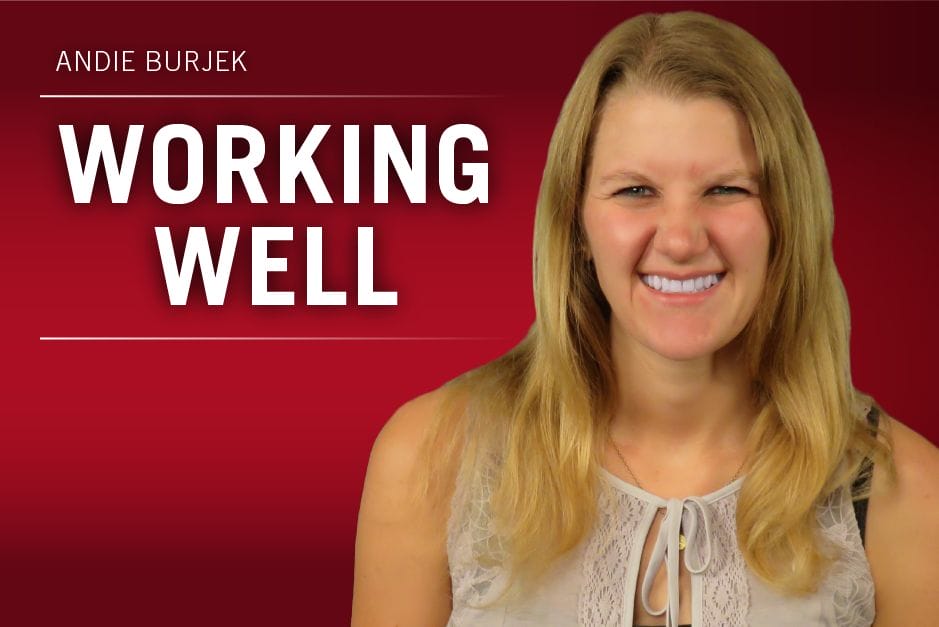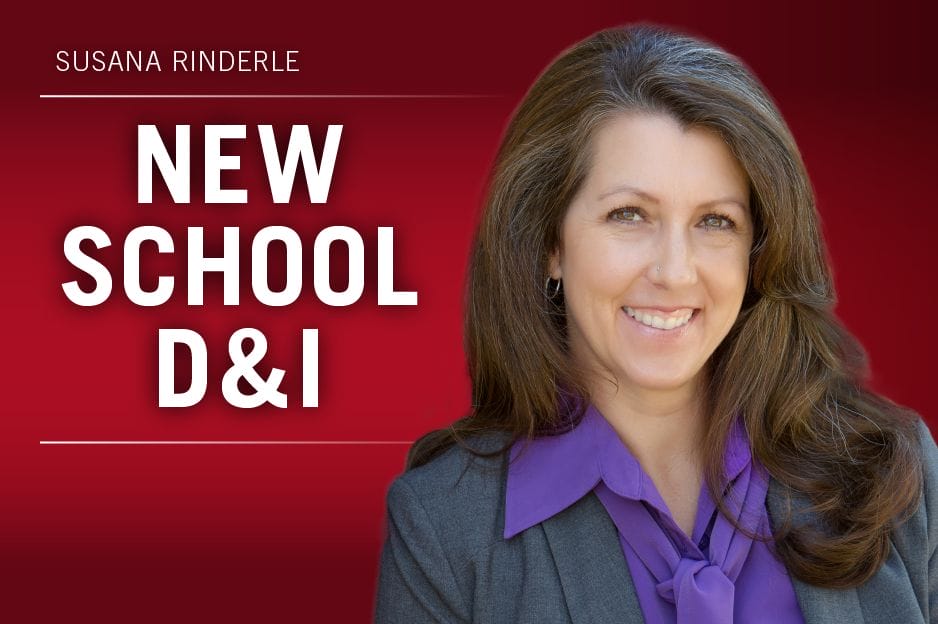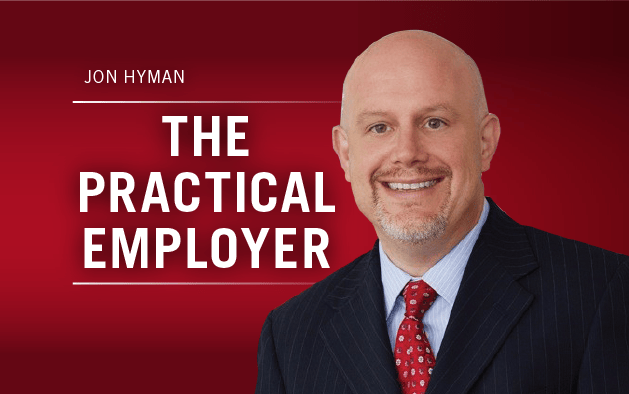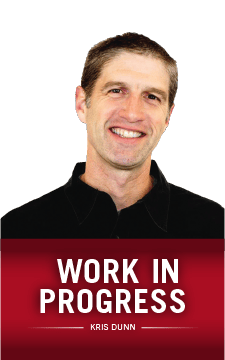As I prepare to write an in-depth article on health care costs for Workforce’s March-April issue, one of the topics that has come up regularly is health care navigation among employees. That’s what I found the Deloitte “2018 Survey of US Health Care Consumers” to be interesting.

The survey broke down the types of consumers in the health care market as “Wild West” tropes and gave suggestions for how different stakeholders could appeal to these consumer segments. Corny? Sure. But corny little bits like this, at least to me, make it way more fun to write about health care navigation, which can be a pretty dry topic. Personally, I would have gone with the space theme, since my roommate and I have been rewatching the early 2000s futuristic space western drama “Firefly” recently, but the historical Wild West works, too.
Health care navigation is a term that refers to helping patients navigate their way through the often complex health system by giving them as much information as possible to make their own decision and guiding you to the most appropriate health professional. Different patients navigate different ways.
Their four categories Deloitte highlighted were: Homesteaders, who are reserved, cautious and traditionalist; Prospectors, who rely on recommendations from family and friends, find their health care providers to be trusted advisers and are willing to use technology; Trailblazers, who are tech-savvy, engaged in wellness and willing to share data; and Bystanders, who are unengaged, tech-reluctant and resistant to change.
The report compared these groups in several different categories, but the two that stood out to me were shopping behavior and willingness to share health information/data.
Let’s start with health data. The older, poorer groups (bystanders and homesteaders) were least likely to share tracked health information with a doctor or to use technology (like wearables) to monitor fitness. The younger, richer groups (trailblazers and prospectors) had the opposite tendencies toward health data.
Now, I know health companies and employers love have their own incentives to get health data, but, from the point of view of an employee, I would just like to point out that not everyone needs to be reliant on technology to keep track of their health. It’s not how everybody functions best, and trying to push wearables or health apps on someone who’s perfectly content in a more manual workout routine is silly.
Also, the data privacy laws in the U.S. aren’t necessarily promising for consumers yet. People should be able to feel like they have control of what happens with their own personal health data.
Not to say that patients/employees shouldn’t be open with their doctors. But, as I’ve written about before, although it’s great if a company genuinely wants to create a program that will improve the well-being of its employees, it should stay voluntary, and people who don’t participate shouldn’t be shamed, penalized or seen as backward or stubborn.
Shopping behavior is the other area of comparison, and this is the meaty part because it gets to the inherent differences in people and who they trust for advice on something as personal as health — and something as complicated and not-necessarily straightforward as choosing a doctor.
It also taps into the reality of how people in different socioeconomic situations make these decisions. Bystanders, the group with the lowest incomes, consider out-of-pocket costs and convenient hours when choosing a doctor and are less likely to change doctors or health plans even if they’re dissatisfied. Compare them to Trailblazers, the highest income group, who are the most likely to do their research on physicians, hospitals and health insurance companies and are the most likely to change doctors if they’re dissatisfied.
Using basic logic, this makes sense. Having a higher paying job with reliable hours and access to paid time off would make it much simpler to make health care provider changes. Meanwhile, if you’re living paycheck to paycheck and have a busy schedule, basing your medical off out-of-pocket costs and hours is perfectly rational.
The report also gave employers and other stakeholders like health systems and insurers suggestions on how to engage employees/patients in each segment.
 Employers can begin to engage the tech-savvy, wellness-engaged Trailblazers by offering virtual health visits and creating a seamless technology experience. For those employees who rely on family, friends and trusted doctors for medical advice, employers can push online patient forums and patient advocacy groups.
Employers can begin to engage the tech-savvy, wellness-engaged Trailblazers by offering virtual health visits and creating a seamless technology experience. For those employees who rely on family, friends and trusted doctors for medical advice, employers can push online patient forums and patient advocacy groups.
I was most interested in stakeholder strategies for the two less tech-centric groups, mostly because those segments seem more like a challenge for employers. Connecting with these people and getting them engaged with health care can happen a number of ways, depending on what their barriers are.
- A patient who makes health care decisions based off convenience of hours and location could benefit from having access to a physician or health system that offers off-hour appointments.
- A patient who is open to trying tech solutions but still intimidated by it could benefit by having a nurse or clinician spend a few minutes at the end of a doctor’s visit and help set up a virtual appointment, as well as answer any questions about how virtual appoints work, how to access them, etc.
- For a patient who isn’t likely to engage with the health care system on their own, stakeholders can address this by involving a caregiver, if applicable, who can encourage this person to get the care they need.
- For the least engaged patients, what could also help is if community organizations like their local grocery store or place of worship encourages healthy behaviors. For example, a church could hold a healthy food potluck.
Now, none of these are employer-based actions, but I still think they hold some value to employers. For example, employers may have an employee with a chronic condition whose spouse and kids act as a caregiver; maybe they could consider how to engage spouses and children in chronic-condition care in their health plan. Also, employers could offer healthy good in the office, where employees spend a large chunk of their time, and think about partnering with health systems that offer appointments off-hours.
What do you think? What does your organization do to appeal to employees/patients with different preferences?









 Bring in your internal communications partner early. When you make sure they’re in the loop from the get-go, internal communications can prioritize resources on your behalf and be your advocate and champion. They can point out potential issues before you’re too far along to change direction. And they can even lend a hand in drafting and delivering communications.
Bring in your internal communications partner early. When you make sure they’re in the loop from the get-go, internal communications can prioritize resources on your behalf and be your advocate and champion. They can point out potential issues before you’re too far along to change direction. And they can even lend a hand in drafting and delivering communications.

 These days, particularly in the United States, it feels like the divided nature of our politics makes it almost impossible to keep from choosing sides.
These days, particularly in the United States, it feels like the divided nature of our politics makes it almost impossible to keep from choosing sides.

 The dirty little secret of HR is that most of us didn’t have a master plan to end up managing people functions and maximizing human capital ROI inside the modern workplace. We grew up with bigger dreams, which is cool because no one grows up dreaming of being a director of account management, financial analyst or marketing manager, either.
The dirty little secret of HR is that most of us didn’t have a master plan to end up managing people functions and maximizing human capital ROI inside the modern workplace. We grew up with bigger dreams, which is cool because no one grows up dreaming of being a director of account management, financial analyst or marketing manager, either.